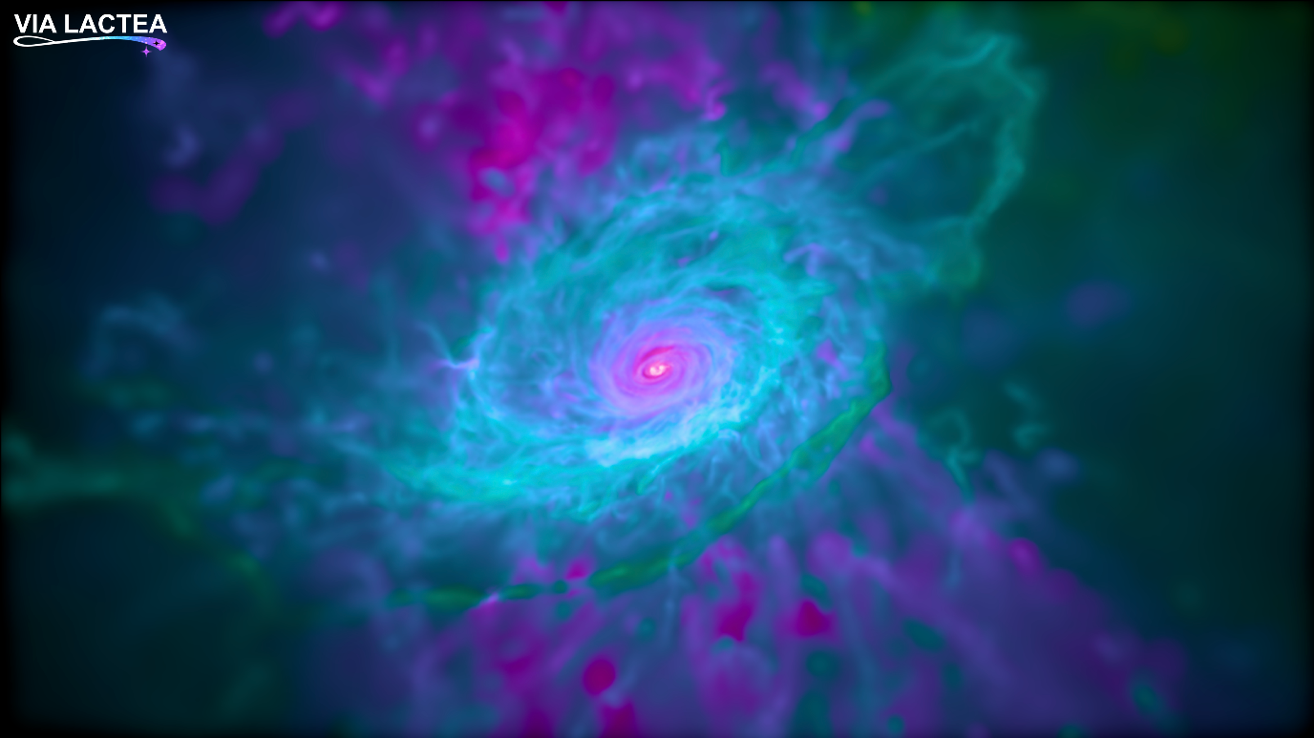Important scientific finding confirms ancient biblical events
To truly understand ancient conflicts, scientists are turning to archaeomagnetism—a method that reads the Earth’s magnetic memory stored in scorched remains.

Yoav Vaknin holding a burnt mudstone. (CREDIT: Shai Halevi, Israel Antiquities Authority)
Rebuilding the past often takes more than digging through ruins or reading faded scrolls. To truly understand ancient conflicts, scientists are turning to archaeomagnetism—a method that reads the Earth’s magnetic memory stored in scorched remains. This approach is opening new windows into the events described in the Hebrew Bible, especially the invasions and battles between the 10th and sixth centuries BCE.
These findings do more than illuminate history. They’re also changing how we understand the Earth’s magnetic field. By studying its patterns through time, researchers are charting changes that were once invisible.
Texts from the ancient Near East tell of powerful neighbors—Egyptians, Arameans, Assyrians, and Babylonians—attacking the lands of Israel and Judah. Some archaeological ruins align neatly with these accounts, linking burned cities and toppled walls to known military campaigns. But many destruction layers still defy firm historical placement.
These unresolved cases have long frustrated researchers. Without clear dates, it's difficult to confirm the scale or timing of the campaigns described in scripture and other ancient sources. Some layers may tell stories we've never fully understood—until now.
A team led by experts from Tel Aviv University and the Hebrew University of Jerusalem is changing that. They used archaeomagnetic tools to examine ruins across 17 ancient sites. Their findings, published in Proceedings of the National Academy of Sciences, offer a sharper lens on the past by analyzing magnetic signals locked in ceramics and mud bricks.
These materials, once exposed to fire, recorded the magnetic field of Earth at the exact time they were burned. Each fiery event left behind a signature, capturing the intensity and direction of the planet’s magnetic pull.
This “magnetic fingerprint” allows researchers to place events in time with surprising accuracy. When paired with traditional radiocarbon methods, it builds a more complete timeline of destruction and conquest.
As scientists piece together these layers, they’re not only verifying ancient narratives—they’re also revealing the planet’s shifting magnetic behavior. The work fuses geology and history, proving that the past is sometimes written in stone and fire.
Related Stories
The researchers leveraged decades of archaeological discoveries and combined them with historical inscriptions and biblical accounts to analyze 21 destruction layers. Their work has confirmed key events and challenged long-held assumptions.
One compelling outcome of this research involves King Hazael of Aram-Damascus, a prominent figure in biblical and historical accounts. Previous studies suggested Hazael’s campaign destroyed several sites, including Gath of the Philistines, Tel Rehov, Tel Zayit, and Horvat Tevet.
By synchronizing the magnetic records from these locations, the researchers demonstrated that all four sites were indeed destroyed during the same campaign, around 830 BCE. This breakthrough confirms Hazael’s far-reaching conquests.
However, the findings complicate earlier theories regarding Tel Beth-Shean, a site previously attributed to Hazael’s campaign.
Instead, the magnetic signatures suggest its destruction occurred 70–100 years earlier, aligning it with Pharaoh Shoshenq’s military expeditions. This conclusion aligns with Egyptian inscriptions and biblical accounts, offering a revised timeline for regional conflicts.
The study also addresses the fall of the Kingdom of Judah, one of the most debated episodes in biblical history. Archaeological evidence has long suggested that Judah’s demise under Babylonian forces in 586 BCE was incomplete, as some cities in the southern region remained untouched.
Magnetic data supports this, indicating that sites in the Negev and surrounding areas survived the Babylonian conquest only to be destroyed decades later by the Edomites. This betrayal, highlighted in biblical texts, adds depth to the historical record of Judah’s decline.
Prof. Erez Ben-Yosef explains, “The magnetic results support the hypothesis that the Babylonians were not the sole agents of Judah’s destruction. This challenges conventional views and underscores the complexity of the region’s history.”
The implications of this research extend beyond archaeology. Earth's magnetic field, crucial for shielding life from cosmic radiation, is generated by turbulent flows of liquid iron in the planet’s outer core.
Geophysicists have long assumed the field changes slowly over decades, but archaeomagnetic studies reveal that dramatic shifts occurred in antiquity. During the period studied, the magnetic field in the Southern Levant exhibited unusually rapid changes and spiked to more than twice its current intensity.
Prof. Ron Shaar, who led the geophysical analysis, emphasizes the significance of these findings: “Our results show that the magnetic field is far less stable than previously thought. This knowledge is vital for understanding Earth's core dynamics and refining geophysical models.”
Israel’s wealth of well-dated archaeological sites has made it an ideal laboratory for archaeomagnetic research. Over the past decade, researchers reconstructed the magnetic field using hundreds of artifacts, culminating in a continuous variation curve for the region. This curve not only aids in dating ancient materials but also provides insights into the extreme changes in Earth's magnetic field.
Yoav Vaknin, the study’s lead author, highlights the broader implications: “We’ve developed a scientific dating tool akin to radiocarbon dating, but based on magnetic field variations. This interdisciplinary approach allows us to confirm or challenge historical hypotheses with unprecedented precision.”
This integration of archaeomagnetism with archaeological and textual evidence showcases the power of collaboration across scientific disciplines. It transforms how we understand ancient history and deepens our grasp of Earth's geomagnetic complexities.
As researchers refine this dating method and explore its applications, they are not only unraveling the past but also illuminating the dynamic processes shaping our planet.
Note: Materials provided above by The Brighter Side of News. Content may be edited for style and length.
Like these kind of feel good stories? Get The Brighter Side of News' newsletter.



